Growing Awareness of Preventive Healthcare
The increasing awareness of preventive healthcare is emerging as a key driver for the Esophageal Catheters Market. As patients and healthcare providers alike recognize the importance of early diagnosis and intervention, the demand for esophageal catheters is likely to rise. Educational campaigns and initiatives aimed at promoting awareness of esophageal disorders are contributing to this trend. Data suggests that early detection can significantly improve treatment outcomes, which is encouraging healthcare professionals to utilize esophageal catheters more frequently for diagnostic purposes. This growing emphasis on preventive healthcare is expected to foster a more proactive approach to managing esophageal conditions, thereby enhancing the overall market for esophageal catheters.
Rising Demand for Home Healthcare Solutions
The shift towards home healthcare solutions is influencing the Esophageal Catheters Market significantly. As patients increasingly prefer receiving care in the comfort of their homes, there is a growing need for medical devices that can be used outside of traditional healthcare settings. Esophageal catheters that are designed for home use must be user-friendly and safe, which is prompting manufacturers to innovate. The market for home healthcare devices is projected to expand, with estimates suggesting a growth rate of around 8% annually. This trend is likely to drive the demand for esophageal catheters that cater to home healthcare needs, as patients seek to manage their conditions effectively while minimizing hospital visits.
Increasing Prevalence of Esophageal Disorders
The rising incidence of esophageal disorders, such as gastroesophageal reflux disease (GERD) and esophageal cancer, is a significant driver for the Esophageal Catheters Market. As more individuals are diagnosed with these conditions, the need for effective monitoring and treatment options becomes paramount. Data indicates that GERD affects nearly 20% of the population in certain regions, leading to a heightened demand for esophageal catheters that facilitate accurate diagnosis and management. Additionally, the aging population is more susceptible to esophageal disorders, further contributing to market growth. Healthcare providers are increasingly utilizing esophageal catheters for both diagnostic and therapeutic purposes, which is expected to bolster the market as awareness of these conditions continues to grow.
Regulatory Support for Medical Device Development
Regulatory bodies are increasingly supporting the development of new medical devices, including those in the Esophageal Catheters Market. Streamlined approval processes and incentives for innovation are encouraging manufacturers to invest in research and development. This regulatory environment is conducive to the introduction of advanced esophageal catheters that meet evolving healthcare needs. For instance, recent initiatives aimed at expediting the approval of minimally invasive devices are likely to enhance market dynamics. As a result, manufacturers are expected to bring forth innovative solutions that improve patient care and outcomes, thereby driving market growth. The supportive regulatory landscape is anticipated to play a crucial role in shaping the future of the esophageal catheters market.
Technological Innovations in Esophageal Catheters
The Esophageal Catheters Market is experiencing a surge in technological innovations that enhance the functionality and efficacy of these medical devices. Advancements in materials and design have led to the development of catheters that are more flexible and easier to insert, thereby improving patient comfort. Furthermore, the integration of smart technology, such as sensors that monitor esophageal pressure and temperature, is becoming increasingly prevalent. This not only aids in real-time monitoring but also enhances the accuracy of diagnoses. According to recent data, the market for esophageal catheters is projected to grow at a compound annual growth rate of approximately 6% over the next five years, driven by these technological advancements. As healthcare providers seek to improve patient outcomes, the demand for innovative esophageal catheters is likely to rise.


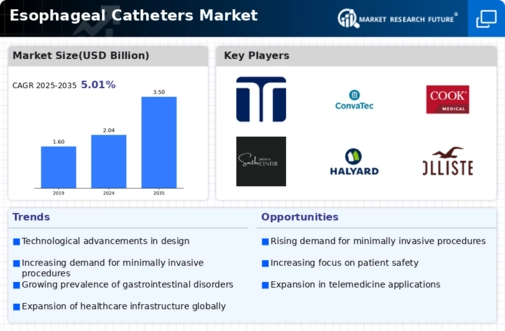
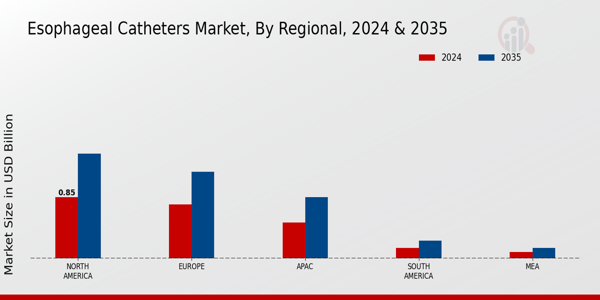
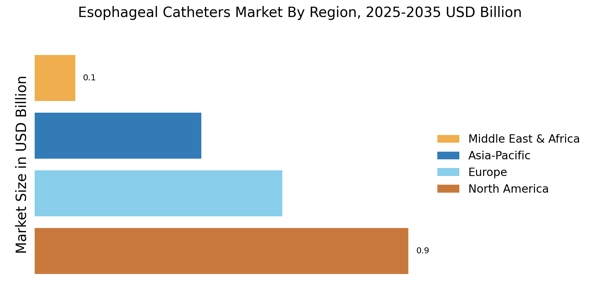
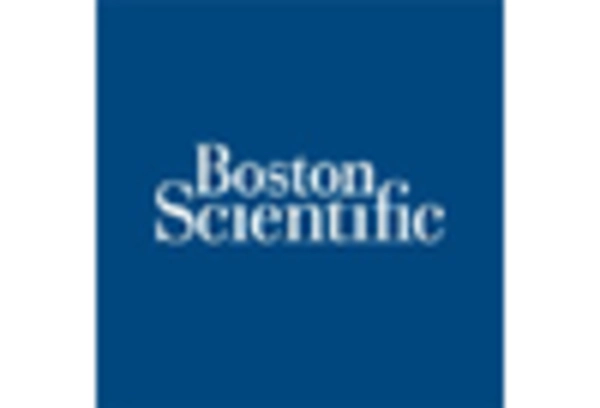
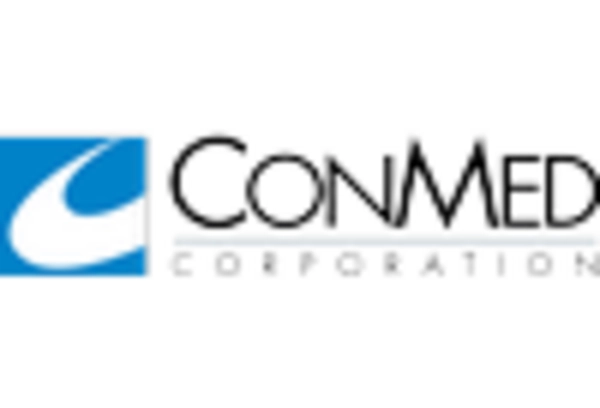
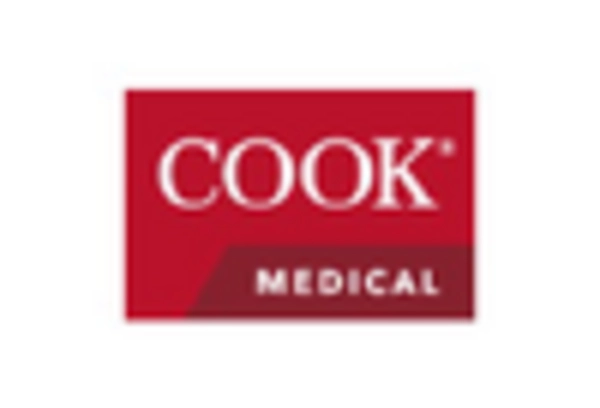
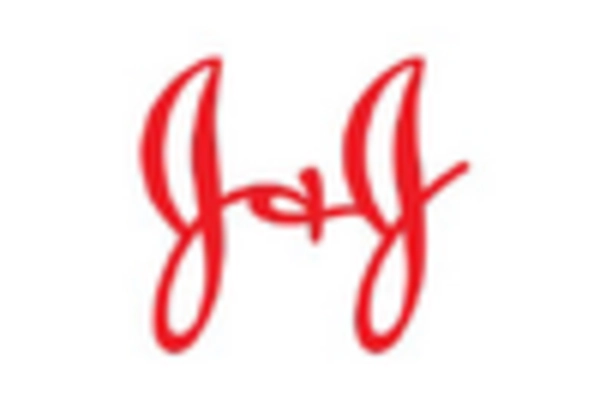

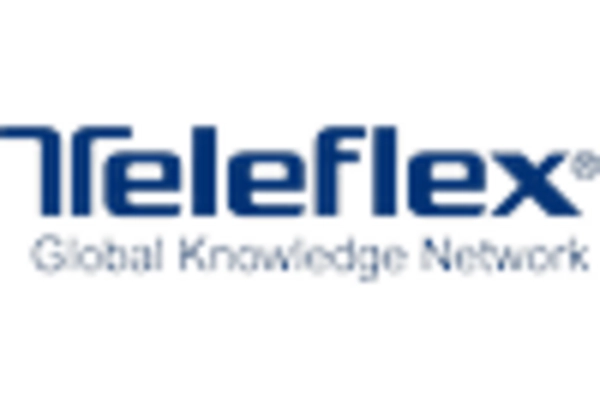








Leave a Comment